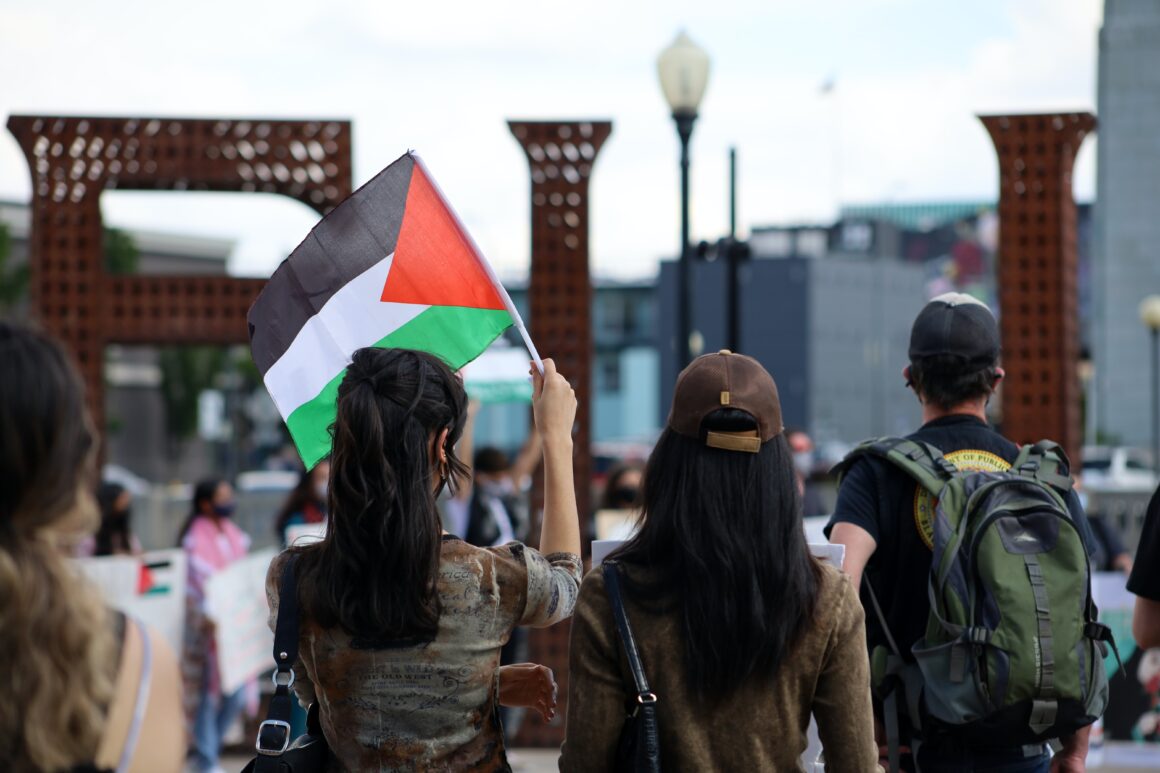A safe space is defined by Wikipedia as ‘a place or environment in which a person or category of people can feel confident that they will not be exposed to discrimination, criticism, harassment, or any other emotional or physical harm’. The function of a safe space is to ultimately prioritize the physical and emotional well-being of people over the ‘necessity’ of debate, discussion and education. Some criticism the idea of a ‘safe space’ and the most common and go-to criticism is the fact that it limits ‘free speech’. While I wholeheartedly understand and respect the need for safe spaces in maintaining the welfare of students, I find myself disagreeing with the nature of limiting the necessary debate that society needs in order to progress. Having said this, mental and physical health must always come before this.
The main issue with the logic of safe spaces in university culture is the fact that the ultimate goal of ‘social justice warriors’ – as they have been named – is (or should be) for society to progress as a whole. Without open, intellectual debate and discussion, this is not possible. Take, for example, white supremacists – it is completely understandable that people of color would absolutely refuse to share platforms or even for a moment begin to actually debate their own humanity with those who don’t regard them as human beings. The same case could be applied to LGBT (particularly transgenders), religious minorities and other marginalized groups. However, the goal (surely) should be to have fewer white supremacists, fewer transphobes and fewer Islamophobes and this simply can’t be achieved by pretending that they don’t exist. If anything, inviting them onto public platforms and publicly explaining to them why their views are illogical and baseless is most effective. It is important to note that the aim is to expose the lack of logic behind their misconceptions and bigotry, not the fact that they’re bigoted – more often that not, a white supremacist knows that they’re racist and a transphobe knows that they’re a bigot, simply highlighting this is not enough. An example of this would be Trevor Noah inviting Tomi Lahren to discuss views on The Daily Show, instead of ‘destroying’ Tomi by telling her she’s a racist, a bigot and an apologist (which she is) he took the approach of using logic and facts as opposed to emotive, reactive language. This is not, however, to blame those who feel as though sharing platforms with those who are apologists for violence against their identity conflicts with their self-interests regarding physical and emotional health.
Another issue of safe space culture is arguably the reaction. The rise of the vitriolic, moral black-hole that is ‘alt-rightism’ can be (unfortunately) blamed on safe space culture. Characters such as Milo Yiannopoulos have risen in exposure and popularity simply because they’re able to capitalize off of the ‘sensitivity’ of the millennials that they can’t stop complaining about for complaining about injustice. Ironic as this is, extreme alt-right platforms such as Breitbart have risen in popularity and helped the rise of Trump to power – evidence of this can be seen in the fact that former Breitbart editor Steve Bannon is in Trump’s cabinet. If anything, the 2016 election can be interpreted as a complete rejection of safe space culture which Hillary Clinton used to enhance her campaign. The fact, however, is that these self-appointed advocates of libertarianism and free-speech are able to flourish because the more students essentially stick their fingers in their ears and yell, the more they’re able to refer to millennials as the ‘snowflake generation’. The issue with this is that it means people focus less on the inflammatory nature of what they say but instead the irrational behavior of social justice warriors in their attempts to suffocate movements that conflict with their own societal values. As Milo’s audience expanded, it didn’t take long for mainstream society to realize his true nature. The (albeit delayed) full rejection of Milo and his views was not the product of ignoring him or throwing trash cans or walking out of his speeches but instead allowing him to speak and thus exposing his illogical and immoral ideas.
Despite this, it’s also important to understand the drawbacks and risks of free speech. The fact is, free speech breeds hate speech and hate speech breeds hate crime. It’s free speech that allows people to discuss their discontent for civil rights, it’s this that breeds anti-POC hate speech and it’s this sort of freedom that leads to hate crimes against POC such as the Charleston shooting of 2015. Again, it’s free speech that allows radical theists to spout hate speech which leads to religion-inspired terrorism as we saw in Orlando just last year. If we don’t, as a society, regulate free speech in the name of protection against such violations of human rights and safety then we can’t progress. The danger is that safe spaces may go too far – they lead to reactionary politics which is more dangerous to those who need to be protected than debate and necessary dialogue. The importance of safe spaces to protect students can’t go understated however at the same time, the importance of discourse between those of opposing views (no matter how extreme) is paramount to the progression of society.





Comments are closed.